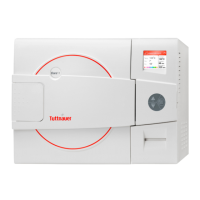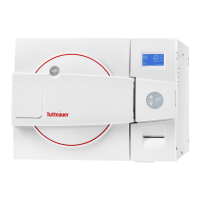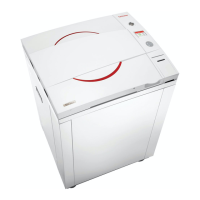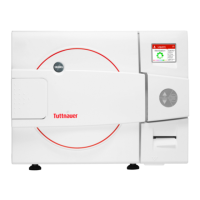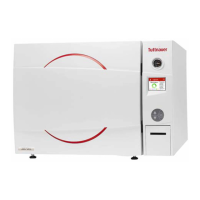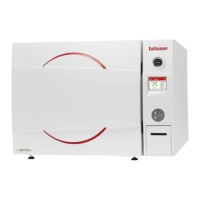What to do if the printer does not print on my Tuttnauer Steriliser?
- RRichard ElliottSep 8, 2025
If the printer isn't printing with your Tuttnauer Steriliser, it might be due to the paper not being inserted correctly. Ensure the paper is inserted correctly. Try switching the machine off and then back on. If the printer prints the date and time after restarting, the printer is working correctly.



